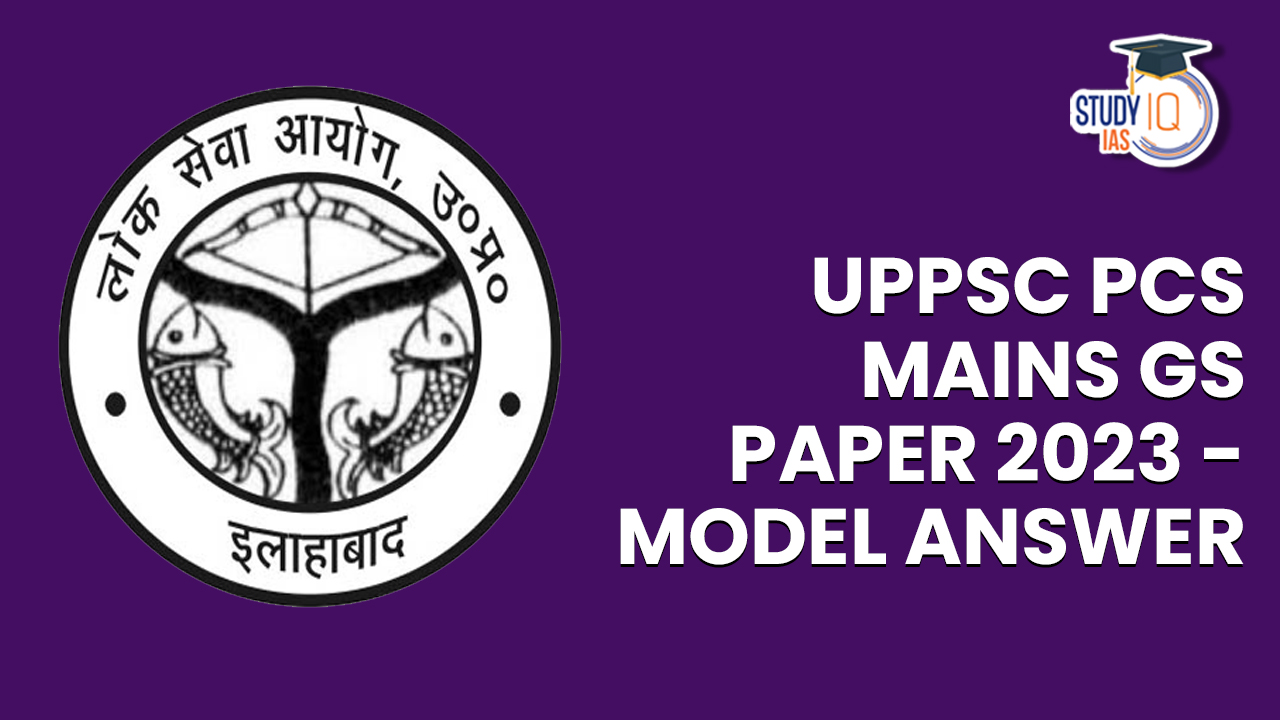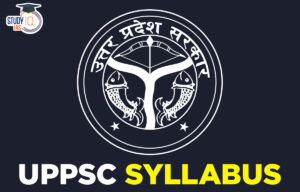Q17. Discuss the causes and consequences of internal human migration in India. (20m)
Introduction
Movement of people from their home to another city, state or country for a job, shelter or some other reasons is called migration. Migration from rural areas to urban areas has increased in past few years in India. A number of favourable, unfavourable or neutral factors caused internal migration in India.
Causes of internal migration in India: The causes of migration can be clubbed into economic, sociopolitical and ecological factors:
- Economic factors: These relate to the labour market of a place, the employment situation and the overall state of the economy.
○ Push factors:
○ Unemployment or lack of employment opportunities.
○ Rural poverty.
○ Unsustainable livelihood.
○ Pull factors:
○ Job opportunities.
○ Better income and prospects for wealth creation.
○ Industrial innovation and technical know-how for a new industry.
○ Pursuit of specialised education.
- Sociopolitical factors: These include family conflicts and unification, the quest for independence, ethnic, religious, racial and cultural parameters; warfare, or the threat of conflict, among other factors that contribute to migration.
○ Push factors:
○ Political instability.
○ Safety and security concerns (ethnic, religious, racial or cultural persecution).
○ Conflicts or threat of a conflict.
○ Slavery or bonded labour.
○ Inadequate or limited urban services and infrastructure (including healthcare, education, utilities, transport and water)
○ Pull factors:
○ Family reunification.
○ Independence and freedom.
○ Integration and social cohesion.
○ Food security.
○ Affordable and accessible urban services (including healthcare, education, utilities and transport).
- Ecological factors: These include environmental factors, such as climate change and the availability of natural resources, that cause individuals to migrate in search of more favourable ecological conditions.
○ Push factors:
○ Climate change (including extreme weather events).
○ Crop failure and scarcity of food.
○ Pull factors:
○ Abundance of natural resources and minerals (e.g. water, oil, uranium).
○ Favourable climate.
Consequences of internal migration in India:
- Economic impact: Migrants contribute to the India’s gross domestic product (GDP). Their ambition and enthusiasm to improve their livelihood help in economic growth. Migration could affect the overall economy of the city through remittances.
- Social impact: The tendency to live within own group and community is responsible for establishment of enclaves within cities. While diversity is healthy for a city, it can also pose a risk to social cohesion, cultures and traditions, and to a certain extent to the safety and security of residents. It can lead to social tension associated with xenophobia and discrimination.
- Political impact: Transnationalism allow global connectedness. Transnational migrants have the capacity to transform cities into global centres through the impact they have on individuals, firms and other organizations via their worldwide connections. It also allow responsible government due to increased global awareness of rights. This help political maturity in the nation.
- Impact on urban infrastructure and services: Migrants move to cities, can put further pressure on the already stressed infrastructure.Migration affects the demands on urban infrastructure and services in both the place of origin and the place of destination. The rapid population growth results in difficulty to cope with insufficient infrastructure and the needs of all the people.
○ Education and employment: Soaring immigration directly affects the availability of places in primary schools, and lead to increase in class sizes and adding classrooms. Lack of such resources poses big issues for their governments, undermining efforts to keep class sizes down and to provide school places for all children.
○ Healthcare: The presence of infectious diseases in migrants causes concern for cities. Migrants with pre-existing health conditions can strain cities’ healthcare systems. Further poor slum conditions lead to health issues and epidemic like dengue in urban areas.
○ Transportation: One of migrants’ primary concerns is how to avail themselves of public transportation services. In developing cities, where a significant portion of migrants lives in slums, streets are not even wide enough to accommodate vehicles, including emergency vehicles.
○ Energy: Migration also affects energy consumption and CO2 emissions. It put stress on electricity and fuel demand.
○ Sanitation and waste: Migration can exacerbate the challenges of managing sewage in a city given the growth of the population, but the city cannot always meet the demand due to insufficient capacity.
Conclusion
Migration may be due to various socio-economic and political factors, but it act as a tool that lead to reduction of inequalities and gap between rich and poor. It allow many to raise their standards of living. But unsustainable migration is a threat to countries urban health. What is required is development of rural areas to check massive migration.
Q17. भारत में आन्तरिक मानव प्रवास के कारणों एवं परिणामों की व्याख्या कीजिए।
Check out the UPPSC Mains GS Paper 1 2023 Analysis with detailed expatiation of the topics of Mains GS Paper 1 By the Study IQ Experts


 UPPSC Application Form 2025 Today is Las...
UPPSC Application Form 2025 Today is Las...
 UPPSC Syllabus 2025 PDF, Check Prelims a...
UPPSC Syllabus 2025 PDF, Check Prelims a...
 UPPSC RO ARO Exam Center List: No Exam C...
UPPSC RO ARO Exam Center List: No Exam C...





















